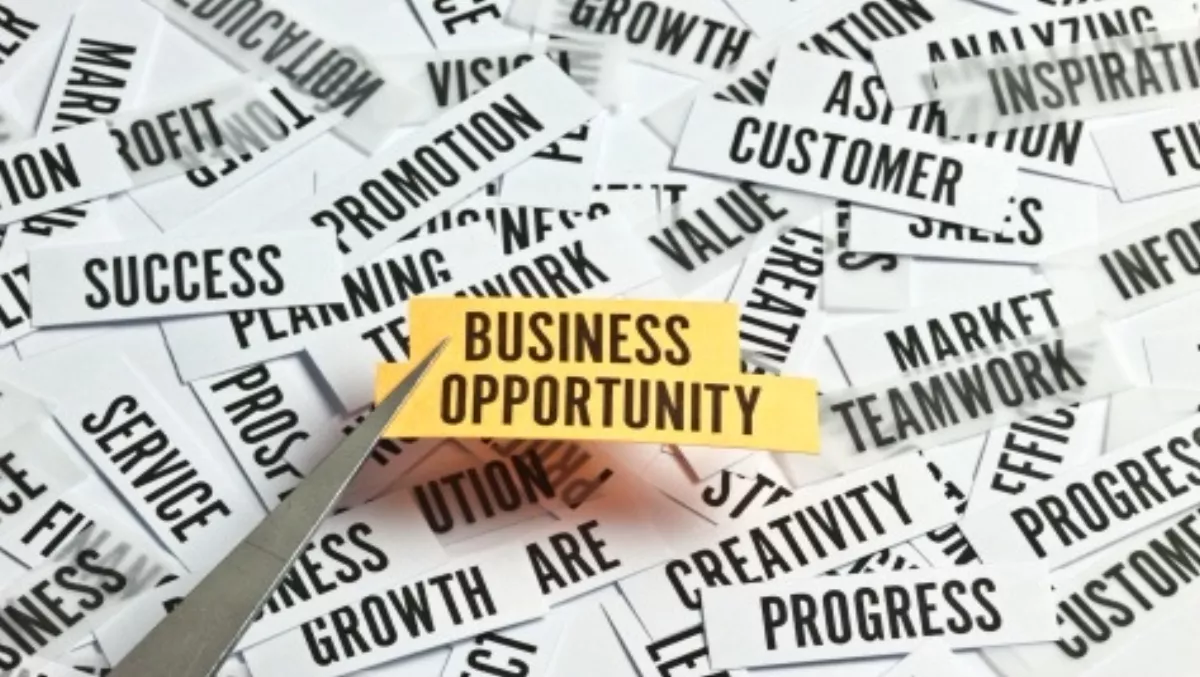
'Major' service opportunities to come with IoT
Major Internet of Things opportunities are expected as the trend continues to transform industries, according to research firm Frost - Sullivan, who says IoT services expected to lead spending.
The research firm is estimating the IoT market to reach US$79.3 billion in 2020, an increase from the estimated value of US$24.2 billion in 2015, with services accounting for nearly three quarters of the market in 2020.
Frost - Sullivan says the IoT market is one of the fastest growing segments in the Asia Pacific technology industry.
This offers real opportunities, especially in areas of transportation, logistics, manufacturing and consumer technology, which are expected to be fast growing segments over the next three years.
"The major IoT opportunities will be in the deployment and management of IoT projects. This will lead to a requirement for new skill sets which are currently scarce in the APAC region," explains Andrew Milroy, senior vice president, ICT, Frost - Sullivan, Asia Pacific.
Milroy says there will also be a shift towards computing decentralisation as the IT industry gradually shifts towards using more IoT technology. Examples include P2P networks becoming more widely used, allowing connected devices to communicate directly with each other instead of being routed through a centralised data center, he explains.
Milroy also expects IoT to be heavily influenced by 'cloudification' and he says this will lead to its own set of challenges. These include the large amounts of data involved, realignment of existing processes and security solutions.
Cyber security is also paramount as the security paradigm is increasingly shifting to the physical domain in 2016, Milroy says.
"The increasing use of mobile devices and the gradual spread of the Internet of Things will offer many more attack vectors, and increases the risks of successful attacks enormously," he says. "The ongoing convergence of operational technology with information technology will enable the successful attackers to have much greater impacts than before.
Milroy says industrial control systems are more vulnerable than ever before and security will be the number one consideration as these systems are modified or developed.
"In 2016, it is evident that security will be prioritised and built into the architecture of any new systems before they are implemented," says Milroy.
Milroy says less than 5% of the data captured by sensors today are used for optimisation analytics and this figure has a potential to increase significantly as more and more devices get connected to the internet.
"With the growth of data coming from IoT becoming a reality, Big Data providers are starting to sit up and take note and incorporate solutions that cater to this growth," he says. "As it becomes clear that IoT data will potentially dwarf social media and traditional internet data, Big Data providers have started working closely with IoT vendors to create platforms to support data management, data analytics and enable data collaboration.
Enterprises today utilise insights collected to drive efficiency in their internal processes and we are seeing more use cases where big data is used as an extension of an enterprise's core revenue but this will require a change in their existing business model," continues Milroy.
"This will take time for revenue to grow because their customers will also need to change their procurement processes to cater to this.
Digital disruption is set to be the norm across industries as they look to transform to keep their business relevant amidst the ever-changing technological landscape. According to Milroy, this trend will lead new business models and is set to stay. The Internet of Things market is evolving from one where the focus is on connecting of devices to one of using the information collected to create new services and business models, Frost - Sullivan says. This is fundamentally changing the way companies market their products and services. "With IoT, companies are moving from transactional product sales to a longer term relationship and service model, where everything can be offered as a service or 'servicetisation of industries'," explains Mark Koh, Senior Industry Analyst, ICT, Frost - Sullivan, Asia Pacific.
"As IoT moves from consumer and enterprise centric applications to vertical/ industrial applications, the potential growth of IoT is expected to exponentially grow over the next 5 years.


